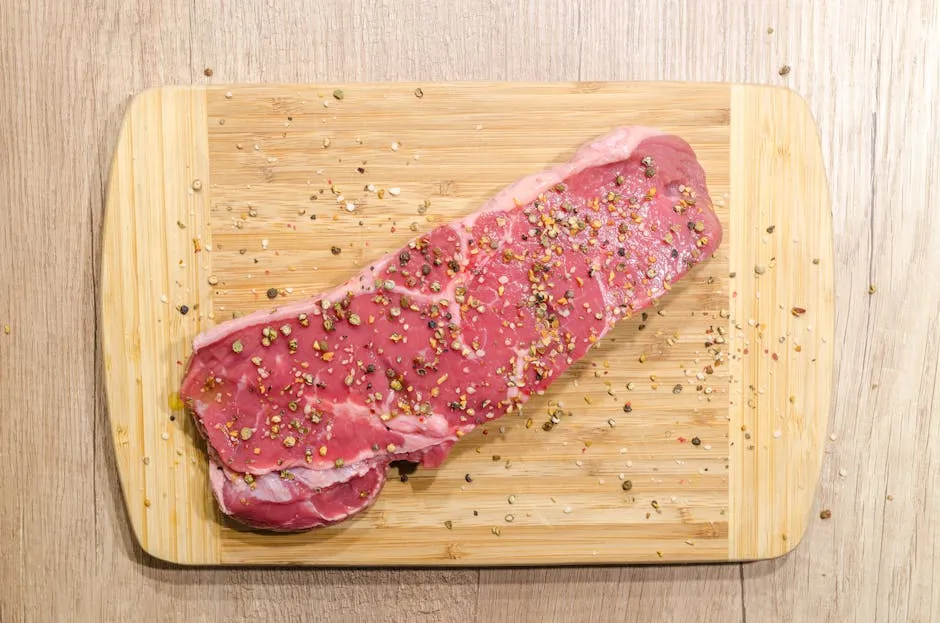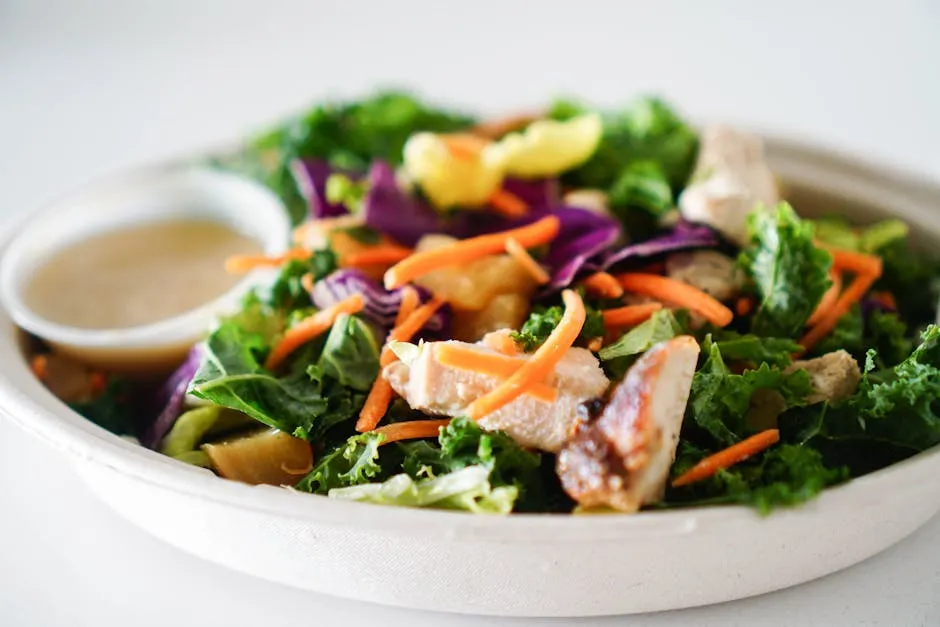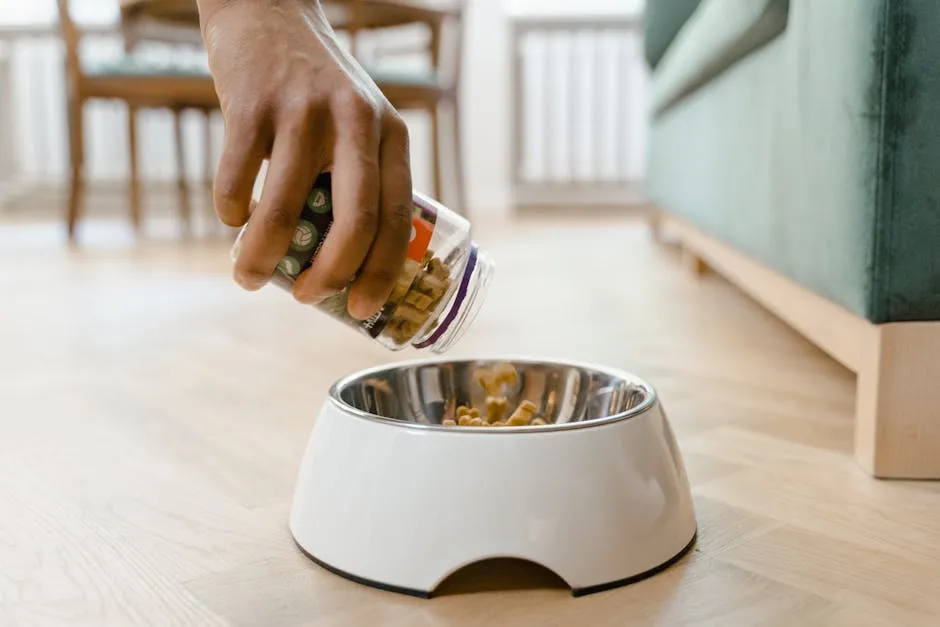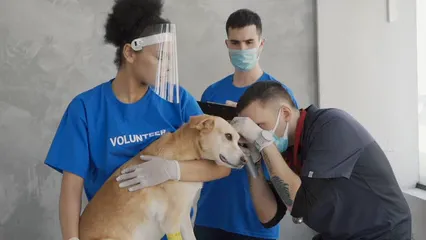Raw Feeding Schedule: A Comprehensive Guide to Optimal Nutrition for Your Pets
Introduction
Raw feeding involves providing pets with uncooked, natural foods. This trend is gaining traction among pet owners seeking healthier options. This article offers a detailed raw feeding schedule and essential guidelines for your furry friends.
Summary and Overview
Raw feeding is a method that emphasizes feeding pets a diet rich in raw meat, bones, and organs. Many pet owners notice benefits such as improved digestion and healthier coats. A proper feeding schedule is vital and should consider your pet’s size, age, and activity level.
Transitioning to a raw diet should be gradual to avoid digestive upset. In this article, we’ll discuss specific feeding amounts, daily schedules, and tips for a smooth transition. By following these guidelines, you can help your pet thrive on a nutritious raw diet.
To kickstart your raw feeding adventure, check out the Raw Dog Food Recipe Book to guide you through delicious and nutritious meals for your furry friend!

Understanding Raw Feeding
What is Raw Feeding?
Raw feeding is a pet diet that focuses on natural foods, primarily raw meat, bones, and organs. This approach mimics what dogs and cats might eat in the wild. The raw diet is rich in essential nutrients, which can lead to better digestion and vibrant coats.
In contrast to traditional kibble diets, raw feeding offers higher protein levels and fewer fillers. Many pet owners report improved energy and overall health in their pets after switching to raw food.
There are misconceptions around raw feeding. Some believe it’s unsafe or unbalanced. However, when done correctly, raw diets can be highly nutritious and beneficial for your pet. Statistics show that 20% of pet owners are now opting for raw diets, reflecting a growing trend in natural pet food.
Consider the benefits of raw feeding for your furry friend. A natural diet may enhance their health and happiness.
To ensure you have all the right tools for this journey, consider using a Pet Feeding Calculator. This handy gadget takes the guesswork out of portion sizes!

Calculating Proper Portions
How Much to Feed Your Pet
Determining the right amount of raw food is essential for your pet’s health. A general guideline suggests feeding adult dogs 2-3% of their ideal body weight daily. For puppies, the recommendation is higher, around 4-6% of their current weight.
When calculating portions, consider factors like weight, breed, and activity level. For instance, a 10 kg dog should receive approximately 200-300 grams of food each day. Active pets may need more, while less active pets may require less.
Puppies need frequent meals, so aim for 4 meals per day until they reach 6 months. After that, you can adjust to 2-3 meals daily.
Regularly monitor your pet’s weight and adjust portions as needed. If your pet begins to gain or lose weight, it’s time to revisit their feeding amounts. To simplify your calculations, consider using a pet feeding calculator available on our website. This tool can help ensure your pet gets the right nutrition based on their unique needs.
Speaking of keeping things organized, check out the Dog Food Storage Container. It keeps your pet’s food fresh and free from pesky pests!

Feeding Schedule Guidelines
Daily Feeding Schedules
Establishing a consistent feeding schedule is vital for your pet’s health. Different life stages require varying meal frequencies.
Puppies need more frequent meals due to their rapid growth. Aim for 3-4 meals per day until they reach six months old. For example, a typical schedule might be breakfast at 7 AM, lunch at 12 PM, dinner at 5 PM, and a late snack around 8 PM.
Adult dogs typically thrive on 2 meals daily. A common routine could be breakfast at 7 AM and dinner at 6 PM. This helps maintain energy levels and prevents hunger pangs.
Senior dogs may still have the same two meals but might require adjustments in portion size. Monitor their weight closely and consider offering smaller, more frequent meals if they show signs of digestive issues.
Remember, consistency is key. Pets thrive on routine, so try to stick to the same feeding times every day. This helps regulate their digestion and overall behavior.
Statistics show that many pet owners adopt similar schedules, with 68% feeding twice daily for adults and 54% feeding puppies 4 times a day. Always adjust based on your individual pet’s needs.
Looking for a structured feeding plan? Download our customizable feeding schedule template to get started!

Don’t forget the importance of a quality Dog Leash with Reflective Stitching for safe evening walks. You can never be too cautious when it comes to your pet’s safety!
Monitoring Health and Wellness
Signs of Proper Nutrition
How do you know if your pet is thriving? Look for clear signs of good health. A shiny coat often indicates proper nutrition. When your pet’s energy levels are high, they likely feel great. Consistent, healthy stool is another good indicator.
Keep an eye on your pet’s weight and activity. If your pet gains weight, consider reducing their food portions. On the flip side, if they lose weight, you may need to increase their meals.
Regular vet check-ups are essential. They can help catch any potential issues early on. Statistics show that pets on raw diets often experience health improvements, like reduced allergies and better digestion. For more information on safe handling of raw food, check out our guide on raw food safety for dogs.
Understanding the importance of raw food safety can help prevent health issues for your pets. Learn more about raw food safety for dogs
To track changes, consider keeping a health journal. Note any fluctuations in weight, energy, or behavior. This practice will help you adjust their diet as needed, ensuring they stay happy and healthy.

Consider investing in a Pet Health Journal to maintain a record of your pet’s health and wellness journey!
Addressing FAQs
Raw feeding often brings up questions. Is it safe? Yes, when done right. Many pet owners worry about contamination risks. Proper food handling and hygiene are crucial. Always wash your hands and surfaces after handling raw food.
Another concern is nutritional balance. A well-planned raw diet can meet all your pet’s nutritional needs. However, it’s vital to ensure variety in their meals. This helps prevent deficiencies and keeps feeding exciting.
Some pets may have allergies or sensitivities. If you notice unusual reactions, consult your vet. Transitioning to raw food should be gradual to minimize digestive issues.
A recent survey found that over 60% of pet owners express concerns about raw diets. Address these worries with reliable information and expert advice.
For more in-depth guidance, consult resources that specialize in raw feeding. Your pet’s health is worth it! A comprehensive understanding of raw feeding can greatly benefit your pet’s nutrition. Check out our raw feeding guide for detailed information.

A thorough understanding of raw feeding can ensure your pet receives the best nutrition possible. Explore our raw feeding guide for more insights.
Conclusion
Following a structured raw feeding schedule offers numerous benefits. It can lead to improved digestion, a shinier coat, and increased energy levels in your pets. Consistency is key to helping your furry friends thrive on a raw diet.
As you transition your pet, closely monitor their health. Look for changes in energy levels, coat condition, and stool quality. These indicators will help you gauge how well they’re adapting to their new diet.
Finally, don’t hesitate to consult with your veterinarian. They can provide personalized advice tailored to your pet’s specific needs, ensuring a smooth transition to raw feeding.

And if your pet is in need of some fun, grab some amazing Dog Toys for Chewers to keep them entertained while you whip up their next meal!
FAQs
Is raw feeding safe for my dog?
Yes, raw feeding is safe when done properly. It’s essential to follow safety measures, such as keeping food fresh and maintaining hygiene. Always consult your vet for recommendations tailored to your dog’s needs.
How do I know if I’m feeding the right amount?
Monitor your dog’s weight and health indicators closely. Adjust portions based on their weight and activity level to maintain an ideal body condition.
What if my pet has a sensitive stomach?
Transition slowly to raw food, introducing one protein at a time. Choose easily digestible proteins like chicken or turkey to start.
Can I mix raw food with kibble?
Mixing raw food with kibble can be done, but it may lead to digestive issues for some pets. Consider the pros and cons based on your pet’s health and preferences.
What are the signs of a healthy raw diet?
Look for firm, well-formed stools, a shiny coat, and increased energy levels. These signs indicate your pet is thriving on their new diet.
Please let us know what you think about our content by leaving a comment down below!
Thank you for reading till here 🙂
All images from Pexels





